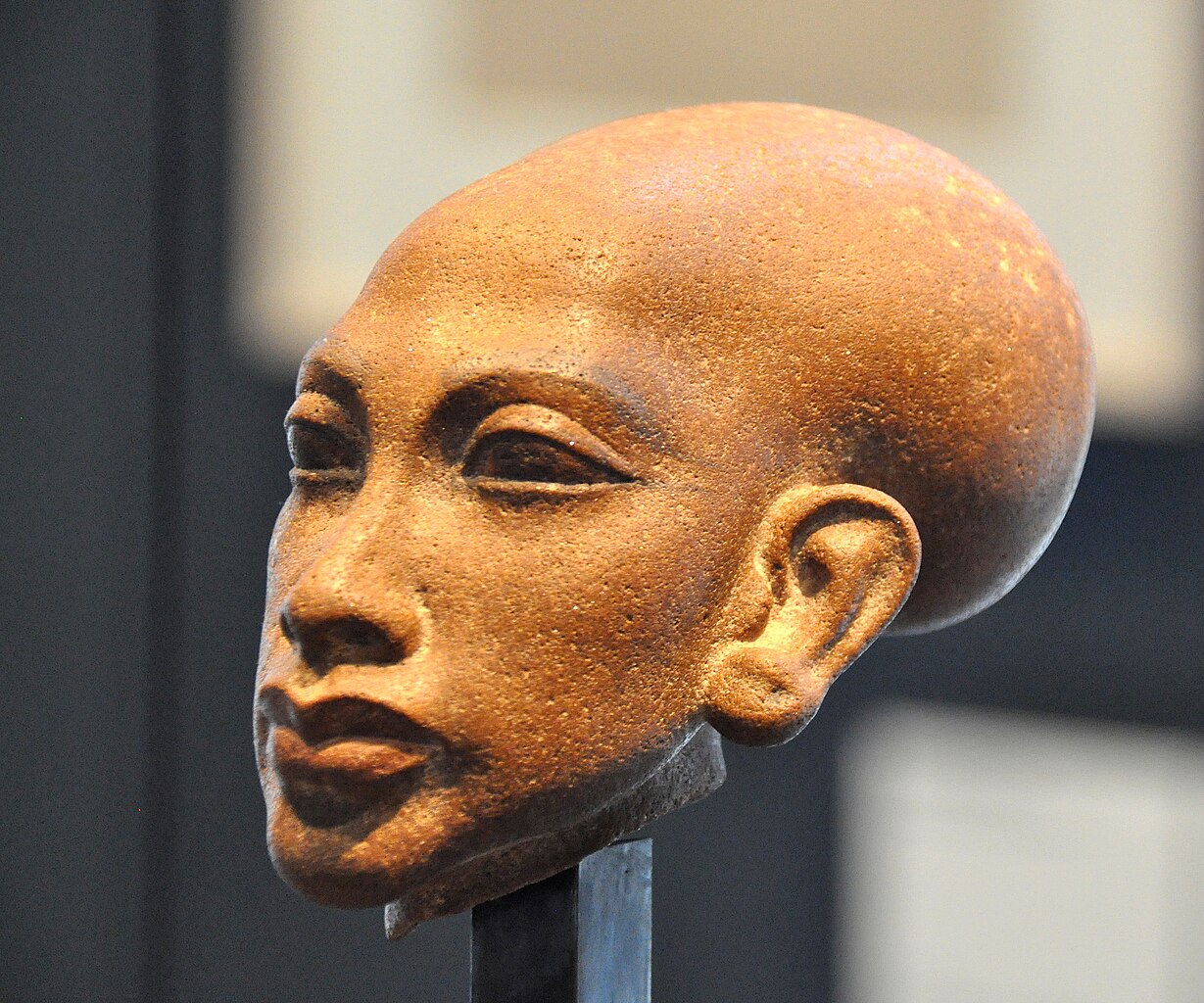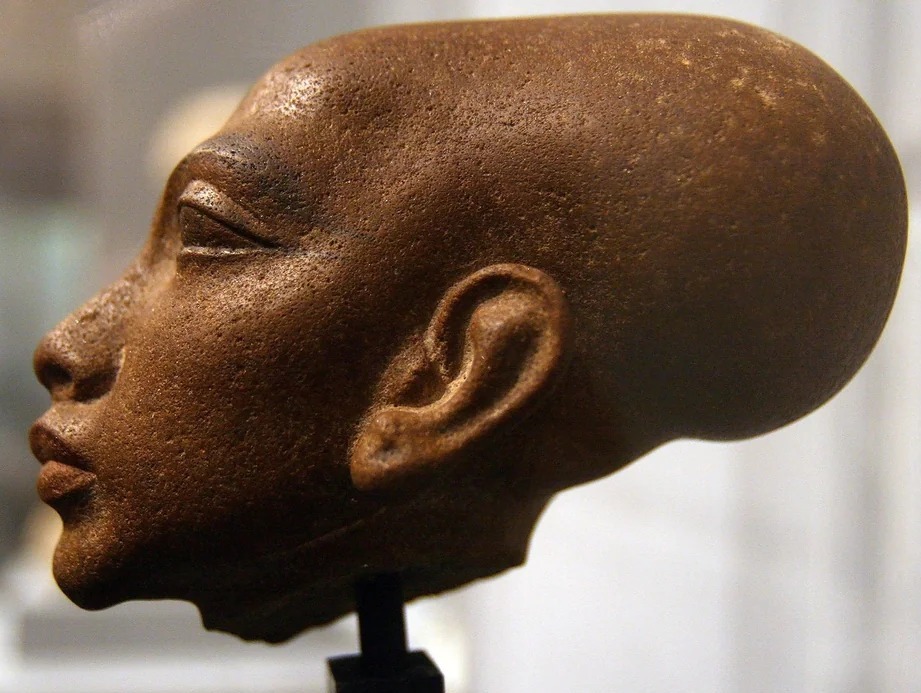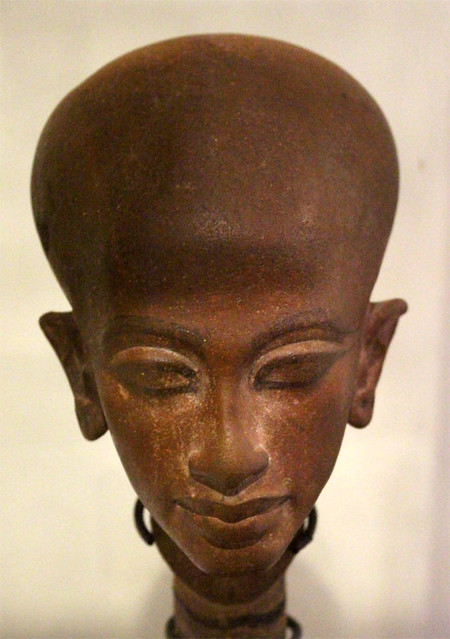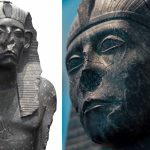Amarna Princess

Head of a statue of a princess, one of the six daughters of Akhenaten and Nefertiti, from the New Kingdom of Ancient Egypt, 18th Dynasty, circa 1350 BC.

The Amarna Princess is a sculpture dating back to around 1350 BCE, during Egypt’s Amarna Period, the reign of Pharaoh Akhenaten.

Carved from fine alabaster, the statue depicts one of Akhenaten’s daughters—possibly Princess Meritaten, Meketaten, or Ankhesenpaaten, who was later known as Queen Ankhesenamun, the wife of Tutankhamun.

Although the sculpture is fragmentary, showing only the upper body, it reflects the distinctive Amarna artistic style, characterized by naturalism and soft, graceful features. The delicate modeling of the face and elongated neck captures the refined beauty associated with royal women of Akhenaten’s court, offering a glimpse into the revolutionary art and culture of the short-lived city of Amarna.











